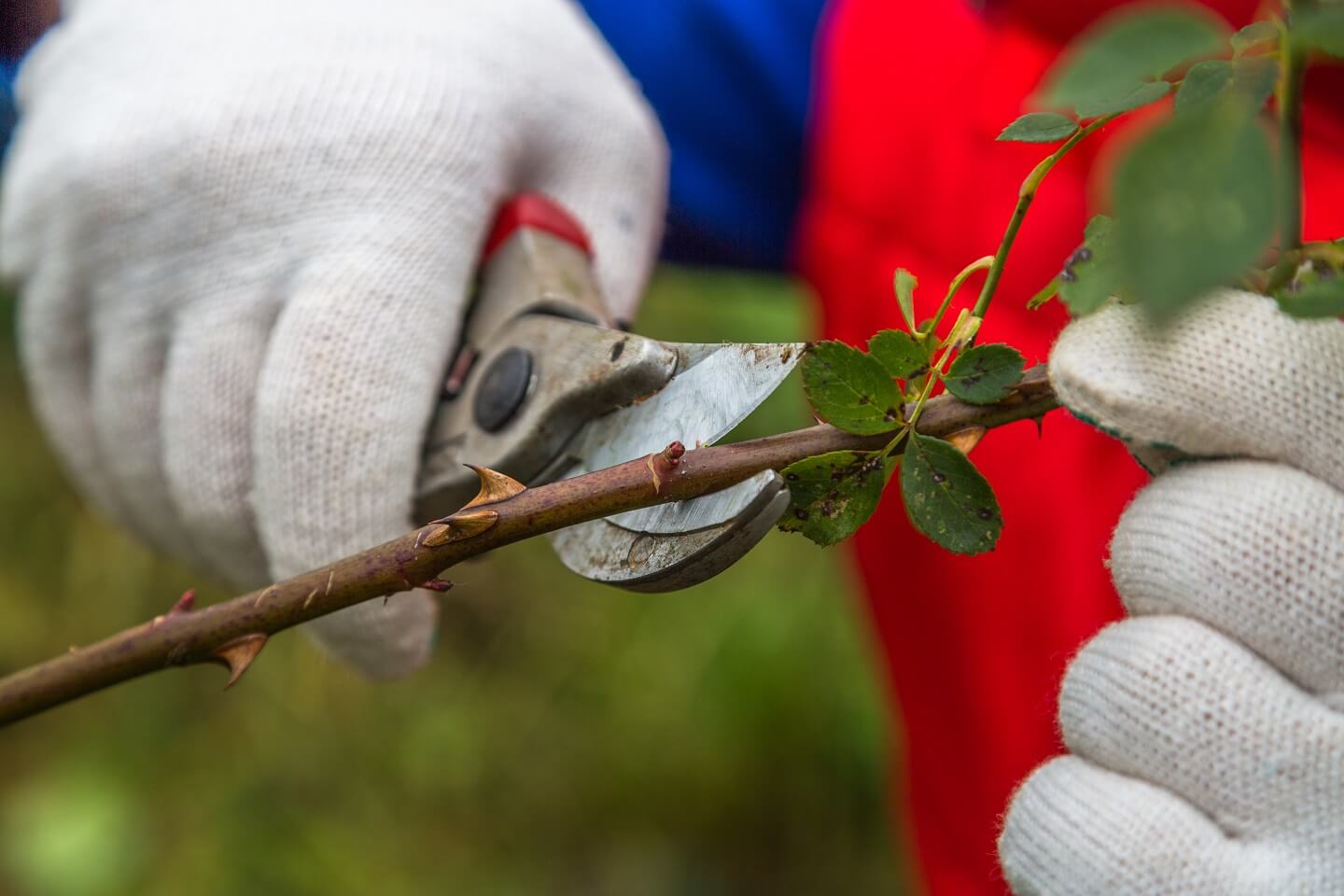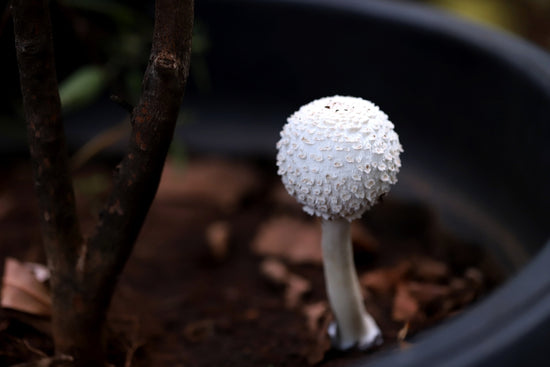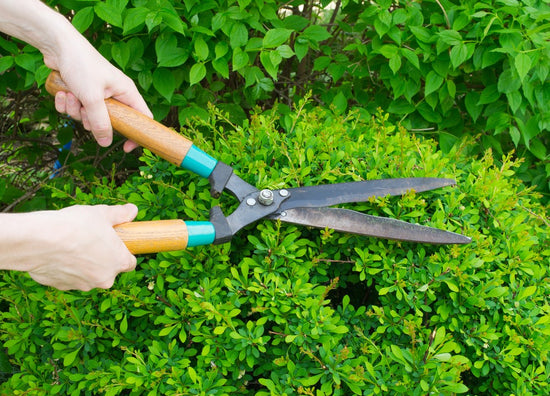At Ugaoo, we try an address all your questions related to indoor gardening. So, here we are trying to answer some of the most common questions that arise regarding gardening.
Let’s dive right in!
How often should your garden be watered?
Water is needed by plants to transport food and hormone from one part to another, transport minerals and oxygen from roots to leaves, maintain turgid pressure to keep the plant upright, expiration though leaf surface to maintain plant body temperature and most importantly for photosynthesis. So various factors govern the quality of water your plant requires, some of which are:
More sunlight means a higher rate of photosynthesis – meaning more water will be required.
Summer months mean that more water will be lost by the plants to maintain optimum temperature in the plant – meaning more water required. Water also will be lost through soil.
Monsoon months reduce the rate of transpiration though leaf and the constant moisture reduces the rate at which the soil dries out, so less watering.
In winters, plants undergo dormancy which means lower rate of photosynthesis and the lack of bright sunlight also adds to it, thus reducing the need for water.
So, it is safe to say that the frequency of watering your plant needs will change with season, the best way to gauge I your plant needs to be watered is to check the soil. Water your plants every time the top two inches of your soil dries out.

Why is well-drained soil so crucial for plant health?
Roots are the life support system of the plant, both to keep them upright and to supply them water, minerals, and oxygen. It is a fairly unknown fact that a major chunk of the plant’s oxygen needs are fulfilled by the roots, and hence it is important that the soil have air pockets for the roots to use. A well-draining soil is essential for the following reasons
To prevent root rot. A well-draining soil means that the extra water will drain out fairly easily from the planter, thus preventing waterlogging and subsequent root rot.
A well-draining soil means loose coarse particles through which air can travel easily for the roots to absorb oxygen and transport it to the plant.
Loose soil makes it easier for the root system to grow and spread out and a good root system translates to better plant health.
Loose well-draining potting mix, as opposed to a loamy one, makes it easier to pot and repot plants.

What is the optimum soil pH level for potting mixes?
pH levels play an important role in plant health, as at certain pH levels the nutrient break down and its assimilation by plants happen better. A pH of 6.5 is just about right for most home gardens, since most plants thrive in the 6.0 to 7.0 (slightly acidic to neutral) range. Some plants (blueberries, azaleas) prefer more acidic soil, while a few (ferns, asparagus) do best in soil that is neutral to slightly alkaline.
To alter the pH of your soil to suit your plant needs, Acidic (“sour”) soil is made more alkaline by applying finely ground limestone or wood ash, and alkaline (“sweet”) soil is made more acidic by applying gypsum (calcium sulphate) or compost.
Is mulch the same as compost?
While both mulch and compost are basically dead plant parts and in the case or compost other organic material, they are both not the same.
Mulch is dry leaves that is gathered and dried over autumn or summer and used to cover naked soil for two reasons; one, to prevent erosion and aid in the flourishing of beneficial micro fauna under the leaf blanket, and second, to seal in the ground moisture and regulate soil temperature during cold winters and hot summers.
Compost on the other hand is decayed and broken down organic matter to a level where it resembles soil and the nutrients are extremely easy to assimilate for the plants. Compost serves the function of being extra nutrition for the plants.
What flowers are known to thrive in a shade garden?
Most indoor garden experience varying levels of shade and sun, and as sad as it may be, most flowering plants require direct sunlight to bloom. Here are some flowering plants that do well in shade:
- Indian Pink (Spigelia marilandica)
- Yellow Bleeding Heart (Corydalis lutea)
- Dwarf Chinese Astilbe (Astilbe chinensis var. pumila)
- Dwarf Chinese Astilbe (Astilbe chinensis var. pumila)
- Hardy Begonia (Begonia grandis)
- Creeping Veronica (Veronica umbrosa ‘Georgia’)
- Leopard plant (Ligularia spp.)
However, shade does not translate to absence of light, it means a space where sunrays don’t all directly but is well-lit through the day. Foe e.g., a north facing balcony, under a tree, patios and so on.
Why is it important to prune your plants?
Pruning is one of the most important gardening activities. It removes dead and decaying organic matter from plants, promotes branching, makes space for new growth, and boosts overall plant health.

Why is it more important to fertilise potted plants?
It is infinitely more important to fertilise potted plants as compared to plants that grow in the ground because, the plants in the ground have access to infinite source of nutrients. These ground nutrients are replenished on a daily basis though decay of organic matter, animal excreta, rains, and beneficial microflora and fauna in the soil.
Whereas for a potted plant this entire ecosystem or natural replenishment is cut off. The plants use up the limited source nutrients stored in the soil fairly quickly and then the soil but an empty medium for support and water, other than the minuscule amount of nutrients that enter the soil through water and other microflora and fauna.
So it is important to add fertilisers to soil for good plant growth.
Which are the best indoor plants?
All indoor plants are great, but some of the easiest indoor plants to care for by beginners and experts alike are

Is it easy to grow microgreens?
It is fairly easy to grow microgreens, especially compared to other plants. All you need is good quality microgreen seeds, a loose growing medium and a flat and wide planter with drainage holes.
Fill you planter with a well-draining potting mix ( an equal mix of compost, garden soil, perlite and cocopeat). Wet the potting mix and let the excess water drain away for an hour. Evenly sprinkle the microgreen seeds on top and place the planter in a slightly warm and well-lit area like your kitchen counter. Keep the soil moist at all times either through bottom watering or misting and you should have your microgreens ready for harvest (2-3 inches tall) in 7 to 10 days.

How often should we replace soils in pots?
While soil augmentation (addition of compost, fertilisers, and other beneficial soil additives) can be done on a monthly basis. There is no need to change the soil per se. However, it is advisable that plants should be repotted in fresh soil.
If the soil in your garden has been in use for years, you can mix it with a fair amount of compost and other fertilisers and leave it as such for it gain back its vitality.
Feel free to ask any questions you have in the comments and we will answer them.
Happy gardening!










